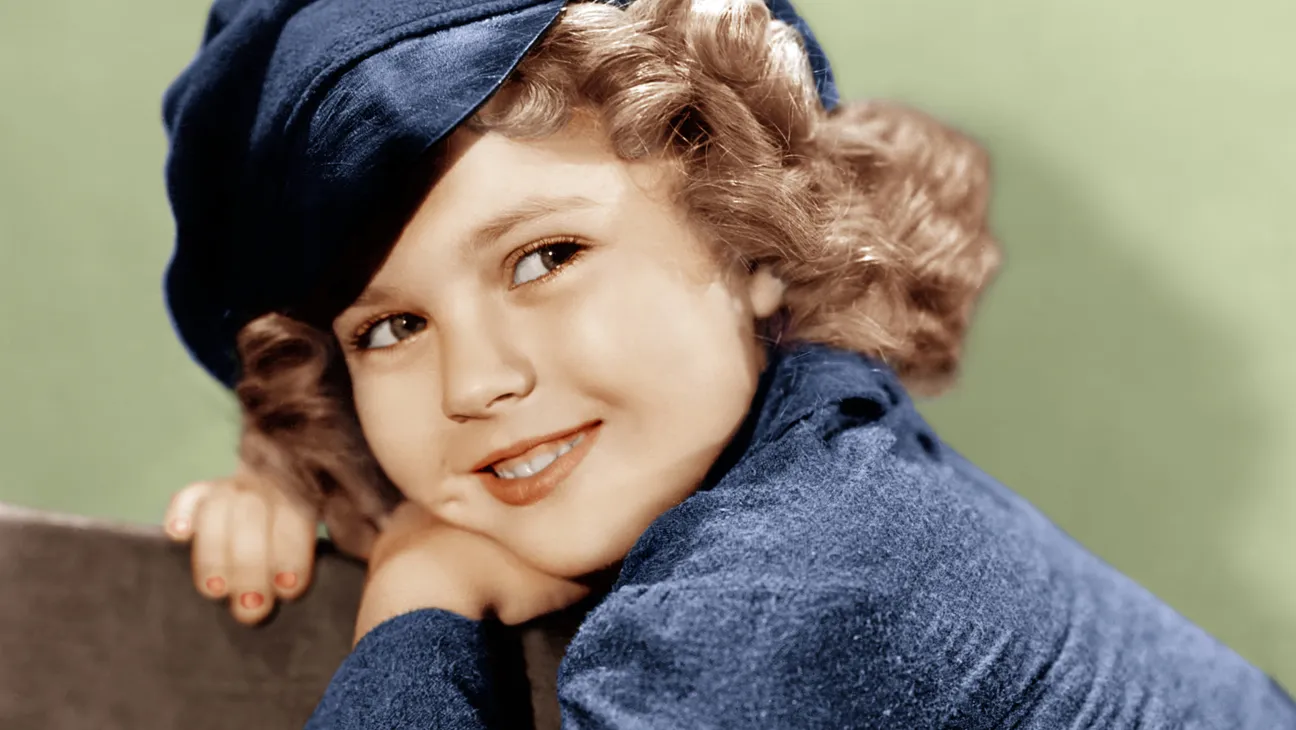From the glimmering stages of Hollywood’s golden age to the halls of international diplomacy, Shirley Temple captivated the world—and quietly amassed a fortune of $30 million by the time of her passing in 2014.
Shirley Temple isn’t just a name etched into cinematic history—she is an enduring symbol of charm, talent, and resilience. Bursting onto the silver screen as a child star, she shared the screen with legends like Clark Gable and Jeanette MacDonald, captivating audiences worldwide.
Beyond her box office success, Temple transitioned seamlessly into politics and diplomacy, proving that her influence extended far beyond the movies. This article dives into her financial journey, uncovering how she built and managed her $30 million net worth, the luxurious lifestyle she maintained, and the lasting legacy she left behind.

Shirley Temple waves to fans during a memorable awards show appearance, reflecting her enduring connection with audiences.
Shirley Temple’s $30M Net Worth Breakdown
At the time of her passing in 2014, Shirley Temple's net worth was estimated at $30 million. This figure reflects both the financial challenges she faced during her early years in Hollywood and the prudent investments and career choices she made later in life.
Early Earnings and Hollywood Stardom
Temple's film career began at the age of three, and by 1934, at just six years old, she secured a contract with Fox Film Corporation paying her $1,000 per week, a significant sum at the time. Her mother also received $250 per week, highlighting the family's commitment to her career . In 1938, Temple earned $307,014, making her one of the highest-paid individuals in Hollywood that year according to The Atlantic.
Despite her earnings, Temple's father mismanaged her finances, leading to a substantial loss of her wealth. By the time she retired from acting at 22, she discovered that only $30,000 remained of the millions she had earned according to Radar.
Merchandise and Endorsements
Shirley Temple's image was widely commercialized, with products ranging from dolls and clothing to sheet music and toys according to Vanity Fair. These merchandise sales contributed significantly to her income during her peak years. The "Shirley Temple" doll, in particular, became a cultural icon and a major revenue source.
The Ideal Toy Company introduced the Shirley Temple doll in 1934, generating $45 million in sales by 1941 . Before 1935 ended, Shirley's income from licensed merchandise royalties would exceed $100,000, doubling her income from her movies.
In addition to dolls dressed in costumes from her movies, separate outfits were available for Shirley as well and included party dresses, play dresses, pajamas, coats, hats, rain coats, Cape Cod slicker, and a sailor suit according to Doll Kingdom US. An outfit from "Poor Little Rich Girl" had a coat and beret. Sales of the Shirley doll were up 14% in 1936 over 1935 for Ideal.
Shirley Temple's endorsement deals extended beyond toys. She lent her name to a variety of products, including soap, cereal, and clothing. For example, a cup, mug, and cereal bowl in cobalt blue with a decal of the little actress were given away as a premium with Wheaties.
Investments and Assets
After her acting career, Shirley Temple strategically invested in real estate and personal assets, contributing to her estimated $30 million net worth at the time of her death in 2014.

An aerial look at Shirley Temple’s iconic Hollywood residence, once home to the legendary actress and diplomat.
Real Estate Holdings
Temple's real estate portfolio included several properties in California, reflecting her prudent investment choices:
-
Woodside Estate: Temple's primary residence in Woodside, California, was a significant asset. While specific valuation details are not publicly available, the property's location in the affluent San Francisco Bay Area suggests a substantial value.
-
Beverly Hills Property: A multifamily apartment complex located at 401 Shirley Place, Beverly Hills, was listed for sale at $10 million in 2025 as per LoopNet. Though not directly owned by Temple, the property's name and association with her legacy highlight the enduring value of her brand.
Personal Assets and Auction Sales
Temple's personal belongings, including jewelry and memorabilia, were auctioned in 2016, fetching over $1.6 million according to The Journal of Antiques and Collectibles. Notable items included:
-
Tiffany & Co. Brooch: A diamond and platinum brooch worn by both Temple and her mother, sold for $250,000.
-
Diamond Ring: An 8.43-carat diamond and platinum ring given to her by her father, sold for $137,500.
In 2016, a 9.75-carat blue diamond known as the "Shirley Temple Blue" was auctioned for $35 million according to reporting from Naturally Colored. While not directly part of Temple's estate, the diamond's name and association with her legacy highlight the enduring value of her brand and image.
These sales not only provided financial returns but also underscored the lasting appeal of Temple's personal brand.
Strategic Investments
Beyond real estate and personal assets, Temple's strategic investments in various ventures contributed to her wealth. While specific details of these investments are not publicly disclosed, her diversified portfolio reflects a commitment to financial growth and legacy preservation.
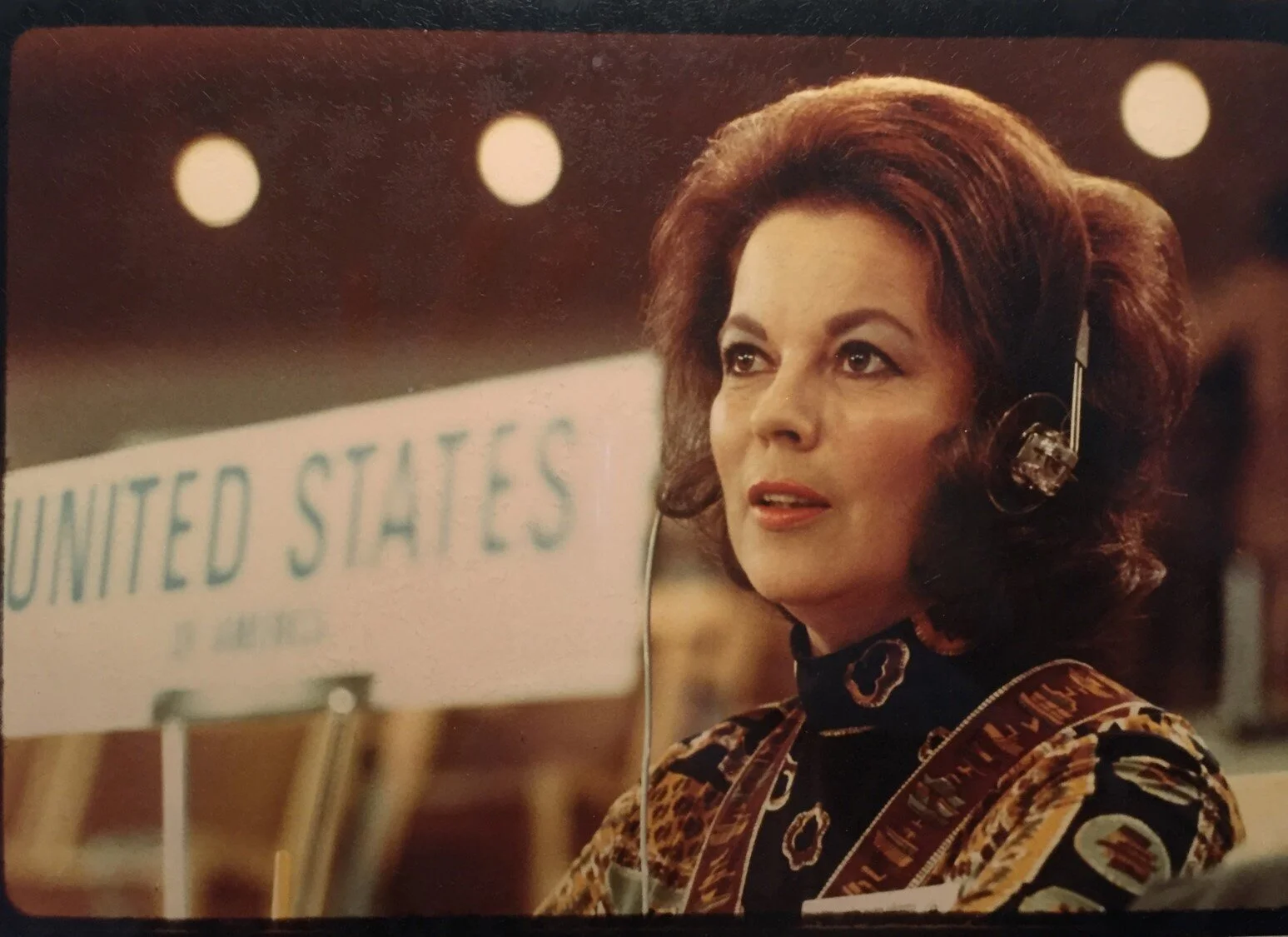
Shirley Temple representing the United States at an international summit, highlighting her distinguished career in diplomacy.
Diplomatic Career and Public Service
After retiring from acting, Shirley Temple Black transitioned into a distinguished diplomatic career, serving as the U.S. Ambassador to Ghana (1974–1976), the first female Chief of Protocol of the United States (1976–1977), and the U.S. Ambassador to Czechoslovakia (1989–1992).
U.S. Ambassador to Ghana (1974–1976)
In 1974, President Gerald Ford appointed Shirley Temple Black as the U.S. Ambassador to Ghana. While specific salary figures for her tenure are not publicly available, U.S. ambassadors during the 1970s typically earned between $61,903 and $65,750 annually, adjusted for inflation to approximately $124,000 to $132,000 in 2025 dollars. These positions were classified under the Senior Foreign Service pay scale
Chief of Protocol of the United States (1976–1977)
In 1976, Shirley Temple Black was appointed as the first female Chief of Protocol of the United States. This role involved overseeing diplomatic ceremonies and state visits, earning her the rank of Ambassador. While specific salary details for this position are not publicly disclosed, it was classified under the Senior Foreign Service pay scale, with salaries ranging from $135,468 to $191,046 annually in 2022.
U.S. Ambassador to Czechoslovakia (1989–1992)
In 1989, President George H.W. Bush appointed Shirley Temple Black as the U.S. Ambassador to Czechoslovakia. During her tenure, she witnessed the peaceful transition from communist rule to democracy. As an ambassador, she would have been compensated under the Senior Foreign Service pay scale, with salaries ranging from $135,468 to $191,046 annually in 2022.
Shirley Temple Black's diplomatic service not only contributed to her financial portfolio but also enhanced her public profile, solidifying her legacy as a multifaceted public figure.
| Category | Details | Estimated Value |
|---|---|---|
| Film Contracts & Salaries | Paid for 40+ major films including Bright Eyes, Curly Top, and The Little Princess | $15,000,000 |
| Merchandise & Endorsements | Dolls, clothing lines, sheet music, and branded products | $5,000,000 |
| Investments & Assets | Real estate properties, personal assets, and business ventures | $7,000,000 |
| Diplomatic Career Earnings | U.S. Ambassador roles and Chief of Protocol positions | $3,000,000 |
| Total Net Worth | $30,000,000 | |
Early Life: Shirley Temple’s Upbringing and Education
Shirley Temple was born on April 23, 1928, to George Francis Temple, a bank employee, and Gertrude Amelia Temple, a homemaker with theatrical ambitions according to Biography. Growing up during the Great Depression, her childhood was modest but rich in creativity. Her mother recognized Shirley’s early talent for singing and dancing and enrolled her in tap and ballet lessons from a very young age.
Temple attended John Burroughs Middle School in Los Angeles, where her teachers noted her exceptional poise and discipline. Beyond school, much of her early education came from dance and voice lessons, as well as preparation for auditions. These formative experiences not only honed her performance skills but also instilled a strong work ethic that would define her career.
By the age of three, Shirley began appearing in small film roles, commercials, and local theater productions. Despite her busy schedule, her parents prioritized her overall education, emphasizing reading, manners, and general knowledge alongside her artistic training.
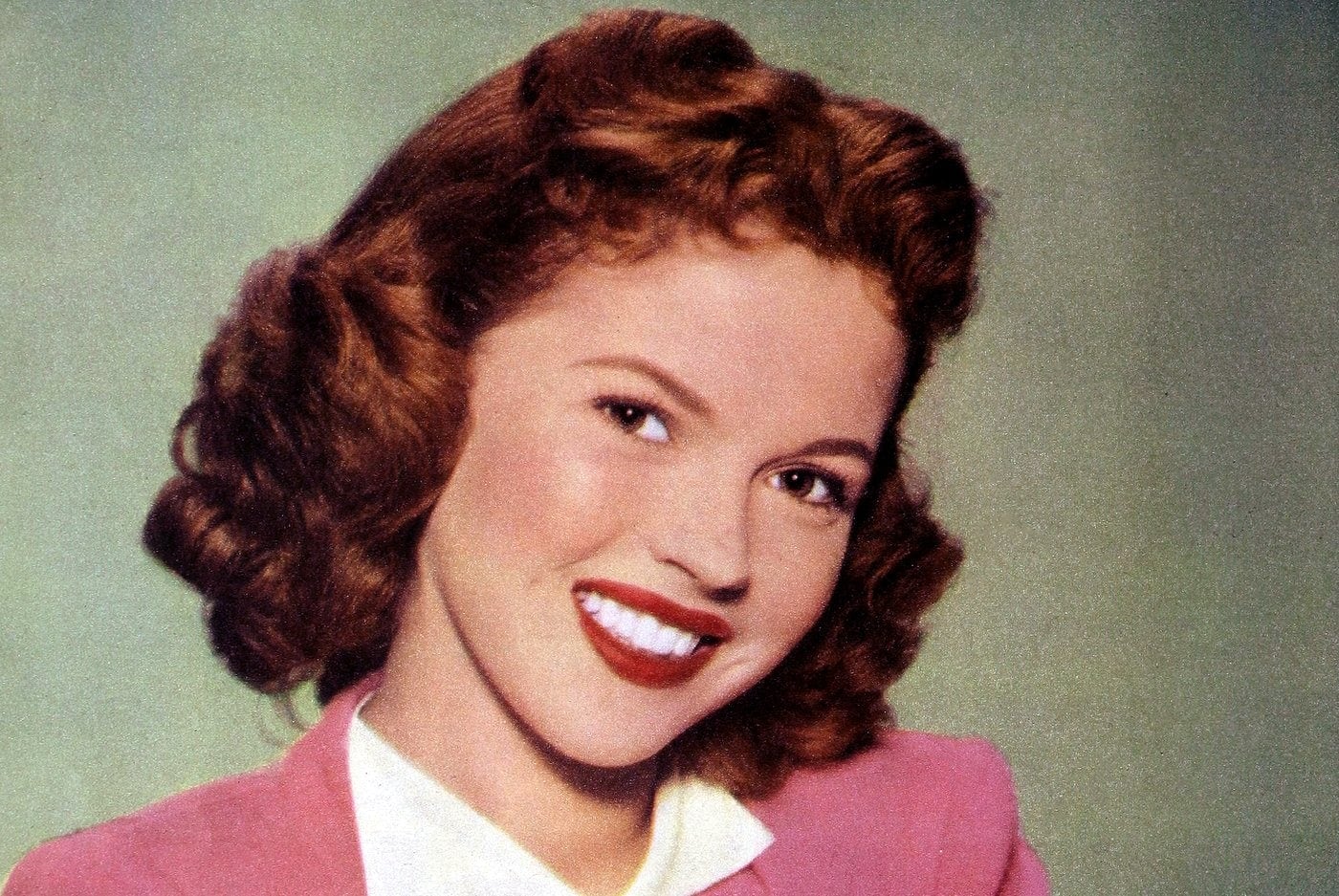
Shirley Temple radiates charm and innocence in a pink dress during her early Hollywood years.
Career Journey: How a Child Star became a Diplomat
Shirley Temple's career spanned over three decades, during which she became a beloved child star, a respected adult actress, and a distinguished diplomat.
Early Breakthroughs and Stardom
Temple's film career began at the age of three with small roles in short films and commercials. Her breakthrough came in 1934 with the film Stand Up and Cheer!, where she impressed audiences with her charm and talent. Following this success, she starred in several other films, including Baby Take a Bow and Bright Eyes, the latter featuring her signature song, "On the Good Ship Lollipop" according to ShirleyTemple.com.
Throughout the mid-1930s, Temple was one of Hollywood's top box-office draws. She appeared in numerous films, including Curly Top, Poor Little Rich Girl, and The Littlest Rebel, showcasing her singing, dancing, and acting abilities according to Glamour.
Transition to Adult Roles
As Temple grew older, her popularity as a child star began to wane. She made a successful transition to adult roles in films like Since You Went Away and The Bachelor and the Bobby-Soxer, the latter of which co-starred Cary Grant . Despite her efforts, she retired from acting in 1950 at the age of 22.
Diplomatic Service
After retiring from acting, Temple shifted her focus to public service. In 1969, she was appointed as the U.S. Ambassador to Ghana, becoming the first woman to hold the position. She later served as the U.S. Ambassador to Czechoslovakia and as Chief of Protocol of the United States . Her diplomatic career earned her respect and recognition on the global stage.
Legacy
Shirley Temple's career left an indelible mark on both the entertainment industry and international diplomacy. Her transition from a child star to a respected diplomat is a testament to her versatility and dedication. She remains an iconic figure, remembered for her contributions to film and her service to her country.
Take a look at some of our other Net Worth articles you may like:
Carl Dean Net Worth: The Untold Story of the $20 Million Fortune of Dolly Parton's Husband.
Paris Jackson Net Worth 2025: Inside Her $150M Fortune & Unpacking Her Complex Inheritance.
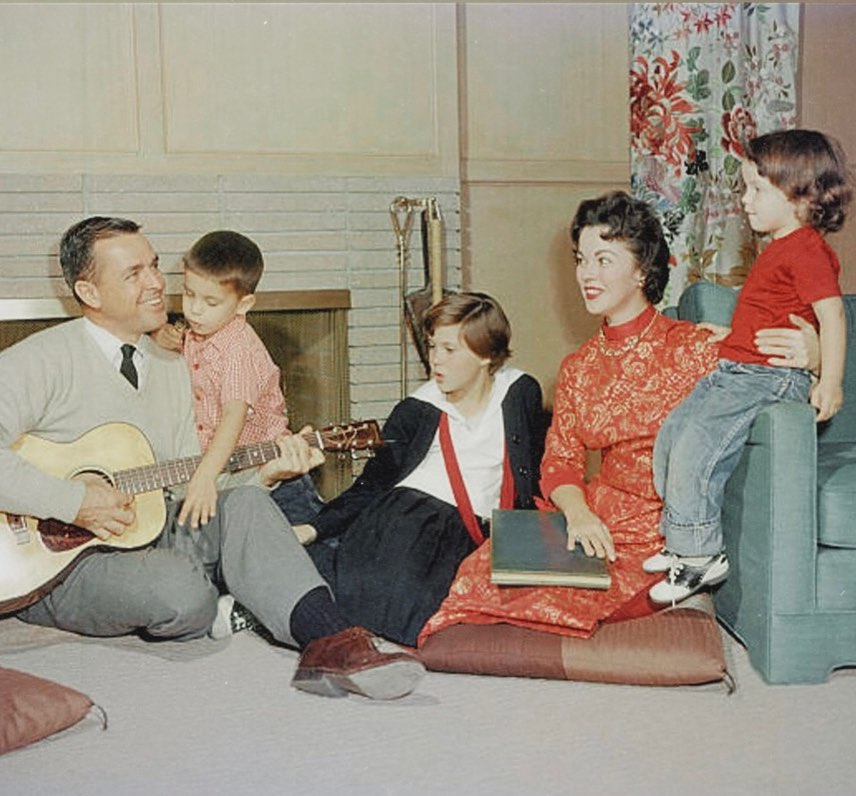
A warm glimpse into Shirley Temple’s private life, enjoying time with her family at home.
Personal Life: Marriages, Children, and Hobbies
Shirley Temple's personal life was as multifaceted as her illustrious career, encompassing two marriages, motherhood, and a range of personal interests that enriched her beyond the silver screen.
Marriages and Family
At 17, Temple married actor John Agar in 1945. The union produced one daughter, Linda Susan, before ending in divorce in 1949. In 1950, she married Charles Alden Black, a San Francisco businessman. Together, they had two children: a son, Charles Alden Black Jr., and a daughter, Lori, who later became a bassist for the rock band the Melvins. Temple and Black remained married until his death in 2005.
Hobbies and Interests
Beyond her professional endeavors, Temple had a variety of personal interests. She was an avid reader and enjoyed engaging with literature throughout her life. Her autobiography, Child Star, published in 1988, provides insight into her experiences and reflections. Additionally, Temple had a keen interest in politics and public service, which she pursued later in life, serving in various diplomatic roles.
Temple's personal life was marked by her dedication to family and her continued pursuit of interests outside of her early fame, showcasing a well-rounded and fulfilling life.
Latest News: Shirley Temple in the Spotlight – August 2025
Despite passing in 2014, Shirley Temple's legacy continues to shine brightly in popular culture. In August 2025, her enduring influence was celebrated through various events and initiatives.
Shirley Temple Classic Film Screening at Tarleton State University
On August 9, 2025, Tarleton State University's W.K. Gordon Museum and Research Center in Mingus, Texas, hosted a special screening of the 1938 film Rebecca of Sunnybrook Farm, starring Shirley Temple. The event was part of the university's commitment to preserving and promoting historical cinema. The screening attracted local audiences, offering a nostalgic glimpse into Temple's early film career.
Shirley Temple Costumes Auctioned at Theriault’s
In a noteworthy event, Theriault’s auction house offered a collection of Shirley Temple's costumes, dolls, and childhood memorabilia for sale according to The Guardian. Among the items was the iconic polka dot dress worn by Temple in her 1934 film Stand Up and Cheer. This auction highlighted the lasting appeal of Temple's memorabilia among collectors and fans alike.
These events underscore Shirley Temple's lasting impact on both the entertainment industry and popular culture, keeping her memory alive for new generations to appreciate.
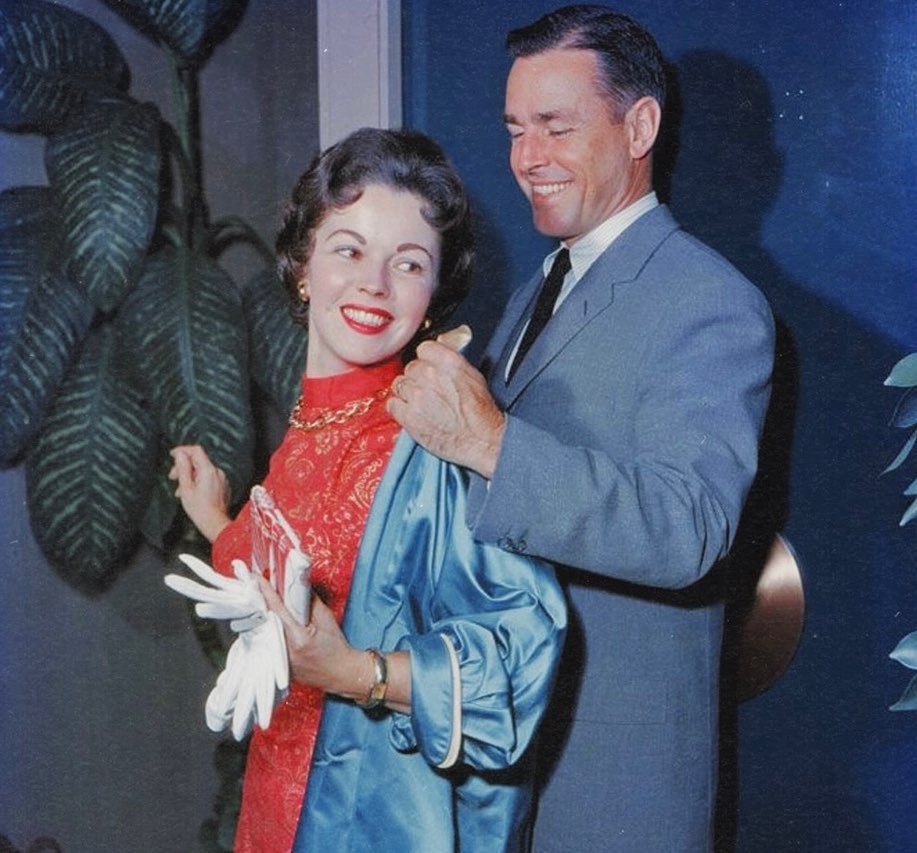
Shirley Temple and her husband captured in a joyful moment, reflecting their enduring bond.
Shirley Temple FAQs: People Also Ask
Did Shirley Temple have any children?
Yes, Shirley Temple had three children. Her first child, Linda Susan Agar, was from her marriage to actor John Agar. She also had two children, Lori and Charles Alden Black Jr., with her second husband, businessman Charles Alden Black.
What was Shirley Temple’s most famous movie?
Shirley Temple starred in numerous iconic films, but Bright Eyes (1934) is often regarded as her most famous. The film featured her signature performance of “On the Good Ship Lollipop,” which became a cultural phenomenon.
Did Shirley Temple serve in politics or diplomacy?
Yes, after retiring from acting, Temple had a distinguished diplomatic career. She served as U.S. Ambassador to Ghana and Czechoslovakia, as well as Chief of Protocol of the United States, enhancing her international reputation.
Are Shirley Temple’s films still available to watch today?
Absolutely. Many of Shirley Temple’s films, including classics like Curly Top, The Little Princess, and Rebecca of Sunnybrook Farm, are available on streaming platforms, DVD collections, and in special screenings at film festivals and museums.
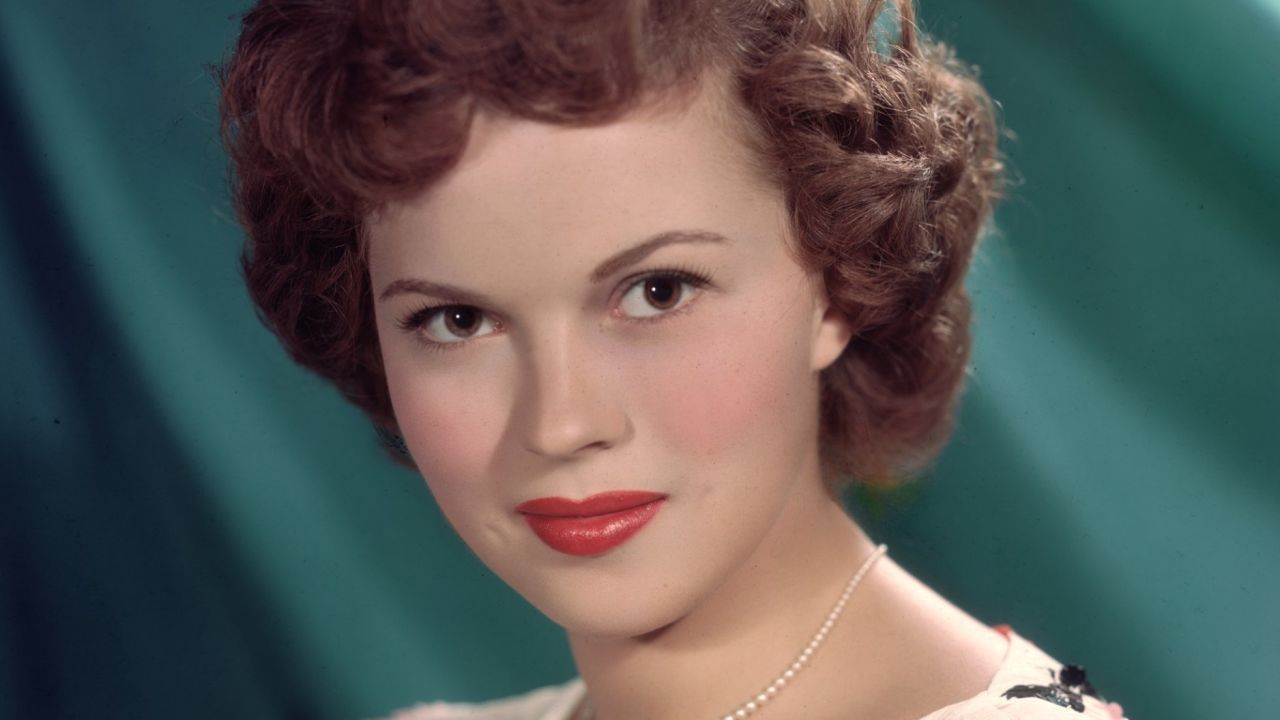
A teenage Shirley Temple, all glammed up, radiating Hollywood charm and youthful elegance.
Celebrating the Enduring Legacy of Shirley Temple
From her earliest days performing in short films to becoming the darling of 1930s cinema, Temple captured the hearts of millions around the world. Her transition from a beloved child actress to a respected adult performer, and eventually to a diplomat representing the United States abroad, illustrates a career and life defined by versatility, determination, and grace.
Beyond the screen, Temple’s influence extended to merchandising, public service, and philanthropy. Her carefully managed investments, iconic memorabilia, and global diplomatic service ensured that her legacy would continue to grow long after she stepped out of the spotlight. Fans and historians alike continue to celebrate her contributions to film and society, keeping her memory alive through film screenings, exhibitions, and auctions of her memorabilia.
Ultimately, Shirley Temple remains a symbol of timeless talent, resilience, and cultural impact. Her life demonstrates how creativity, dedication, and thoughtful stewardship of one’s opportunities can create a lasting influence that spans generations. For both longtime fans and new admirers, her story is a shining example of how extraordinary talent paired with purpose can resonate far beyond fame.
Shirley Temple is remembered not only as Hollywood’s golden child but as an enduring icon whose artistry and service continue to inspire the world.
Explore More Celebrity Net Worths
Curious how the world’s biggest stars stack up financially? Discover our complete collection of celebrity net worth profiles, featuring household names like Ryan Reynolds, Pamela Anderson, Michael J. Fox, and Drake. Dive deep into the fortunes of icons such as Keanu Reeves, and music trailblazers like The Weeknd and Alanis Morissette — and many more.
👉 Browse the full list of celebrity net worth's HERE.



